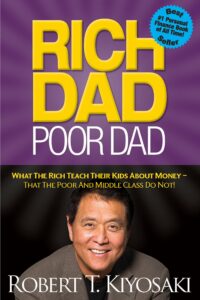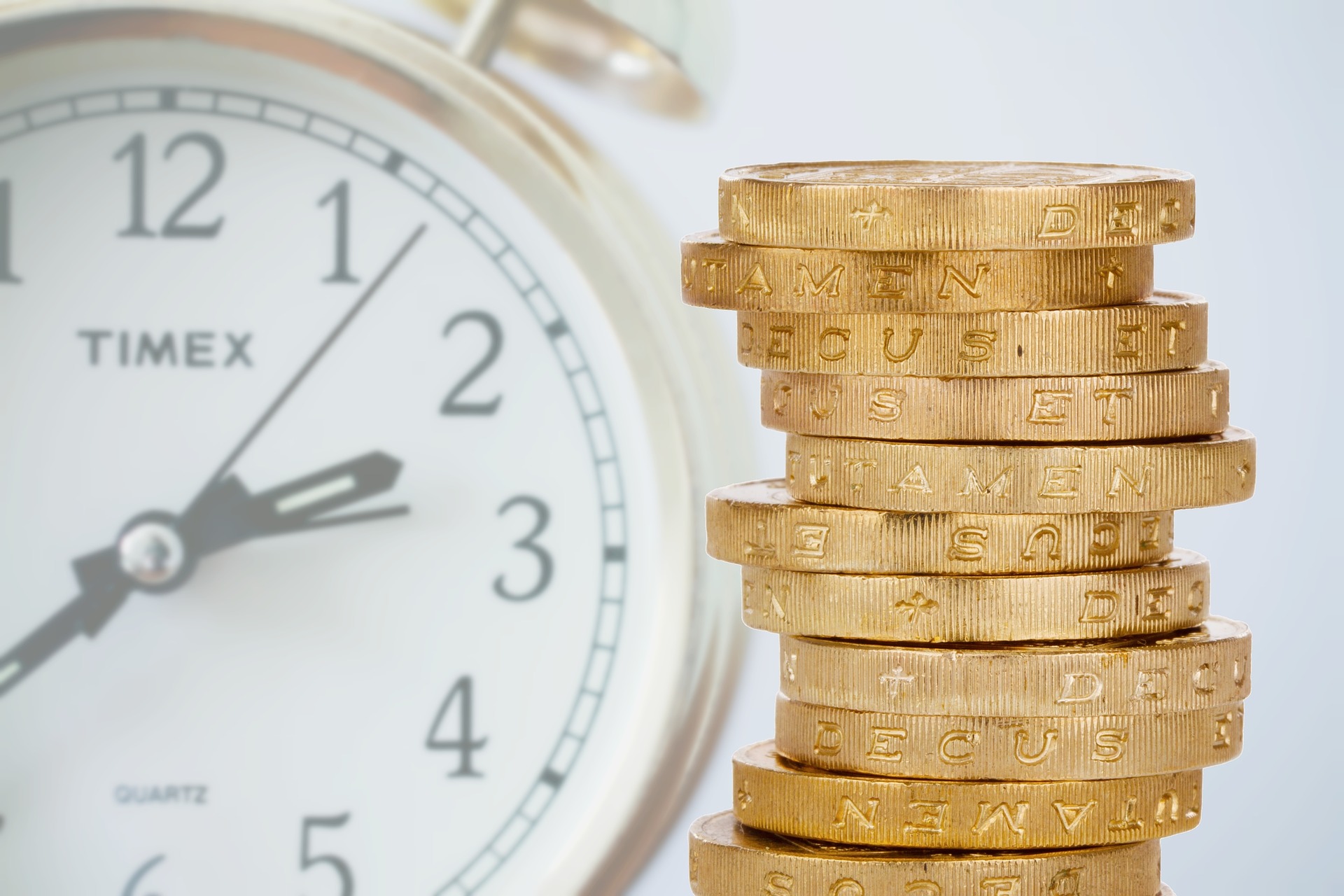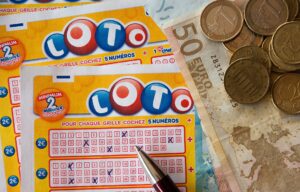Art nourishes life, improves the economy, develops the social tissue of a territory. Art is a sustainable and responsible form of investment. A way of investing in culture, and therefore in the development of the spirit. For entrepreneurs, art creates networks and alliances. It introduces new possibilities for the development of the business. Improves offices, shops, places… In short, the advantages of art are innumerable.
So, is it worth investing in art? Let’s start with a simpler and more general question: why invest. The discourse begins in our way of thinking: it can be projected to wealth, or to poverty. It is not our money or our assets that put us in one or the other category. A person may have nothing but be rich. Because it is the mind, it is the ability (and strength) that we have to think about a future of economic freedom, to classify ourselves as “rich”.
People like the usual Bill Gates, Steve Jobs, Jeff Bezos, Warren Buffet, Sergio Marchionne were born into normal families. But their mentality made them “rich”. It was then time, to prove it to others.
N.B. The information contained herein is for informational purposes only. the usual neXt is not a professional financial advisor. Read the Disclaimer at the end of the article, and never invest money that is necessary for your livelihood.
Table of Contents
The history of Sharon Tirabassi
The contrary cases, of poor people with a lot of money, are even more widespread. We know Sharon Tirabassi. This 35-year-old US girl, a single mother who survived with state subsidies, won a whopping 10.5 million Canadian dollars from the Ontario Lottery and Gaming Corp. 10 million in the lottery. Who has never dreamed of it?
Unfortunately for her, however, her mind was not ready. A rich person would have spent a small part of the winnings to take off small whims, and then invest the rest and live forever in peace. A poor person, Sharon, no. She immediately threw herself on a very luxurious villa, fashionable cars, expensive brand clothes, unlimited travel, luxury parties. He lent money to friends, gave it to relatives …
“The moment I got it, I divided it among my family,” $ 1 million to her parents, and nearly 2 to her four sisters. She was generous, no one denies it. He bought apartments to rent below cost, paid rent to those who couldn’t afford it, offered loans without any guarantees.
Less than 10 years later, the entire winnings ended. And she found herself to work part-time on the city buses to pay his small rented apartment.
It depends on the head, not on the money
What does Sharon’s story teach us? What could you and the company have done to avoid this financial meltdown? And what can you do? Training. Have a rich mind.
 I also mentioned the society, because it has a very serious fault: in decades of school, children are never taught the basics of personal finance. About myself, I had to wait almost 30 years of life to learn about it. In addition, by chance… Ancient history, philosophy, Latin are perfectly known. Notions are learned mnemonically, without even training the intelligence. You can do the job of Google or Bing perfectly, but you don’t know how to live in today’s world.
I also mentioned the society, because it has a very serious fault: in decades of school, children are never taught the basics of personal finance. About myself, I had to wait almost 30 years of life to learn about it. In addition, by chance… Ancient history, philosophy, Latin are perfectly known. Notions are learned mnemonically, without even training the intelligence. You can do the job of Google or Bing perfectly, but you don’t know how to live in today’s world.
I can recommend reading Robert T. Kiyosaki‘s book, “Rich Father Poor Father“. An international best seller, which in simple words explains us how Robert became rich, economically, starting from nothing. Comparing the mentality, the lifestyle, of his biological father, poor, and the father of a friend of him, rich. Which he used to consider a second father.
The rich mind invests for the future
We then understood how the mentality decides our future wealth. The rich mentality, compared to the poor one, has only one big difference: it does not waste money today, but looks at a part of it for the future. Better the hen tomorrow than the egg today.
And the benefits are amazing. An equity investment, even of a few euros a month, will allow us to take advantage of compound interest and therefore to have enough liquidity after a few years to be able to reduce, or totally eliminate, the need to work for a living. We will make money work for us, which is what most wealthy people do.
We do not dwell too much on the subject, perhaps we will return in the future but in the meantime I invite you to read reliable books and websites. Personal advice, to be taken for what it is (I’m definitely not a financial consultant): stay away from promises of earnings that are too quick, and promises in general. If it’s too good to be true … It’s not true. As well as trading: if you are not a professional, it is equivalent to playing the lottery. Most, I would say almost all, of those who try end up losing their entire capital.
Finance and Art: diversification
This is where we get to the heart of the matter. Is it worth investing in art?
If we think of art as a form of investment, it’s a great way to diversify. Henry Markowitz, Nobel laureate in economics in 1990, said: “don’t put all your eggs in the same basket“. This is to avoid black swans (impossible-to-predict events that shake the global economy and can cause us momentary losses, such as the Covid-19 epidemic). Diversification is what allows us not to eliminate, which is impossible, but at least to reduce the risk that will characterize our final investment. How does diversification work?
Having X capital available, you start by deciding which part of this money to use for the different investment classes: stocks, bonds, cash, commodities and real assets (including works of art). Within the individual classes, it will still have to diversify in geographical terms (Europe, Asia, America etc…), sectoral (for shares, for example one part in technology companies, another in automotive, then banks and finance etc…).
We also need to understand the temporality of our investments: how soon will we need capital. Here too, diversifying between short-term investments (we will need the money in the coming months / years) and other medium / long-term investments (at least 10 years, preferably 20 or more).
Why invest in art
Investments in art can be characterized in the category of “real assets” and “long-term investments“. This is because it will be a long time before an artist will improve his “career”, and therefore the value of the works. We have to be careful, because unfortunately the opposite is also possible. And you have to be careful that the purchase price is the right one.
The art market is not heavily affected by the economic trend. The value of the artwork remains the same as the value of the stock market changes. This is one of the advantages of this kind of diversification. Obviously, in the event of severe global crises, what decreases is the liquidity of the investment: if no one has money, no one will buy back your work…
Steps to invest in art
How much money does it take to invest in art?
To invest in art, we don’t have to be a millionaire. Certainly, works by Picasso, Gauguin or Leonardo have costs that are unattainable by the general public. But minor artists, such as those present here in the usual neXt or many others, propose works with a good chance of increasing their value at figures that are definitely within everyone’s reach. With a few hundred euros, you can already buy paintings or sculptures that will enhance the beauty of your places, make you feel better and potentially earn you money in the future.
In the last 10 years the market has changed a lot thanks to social networks and the internet. Therefore, it is much easier to see artists who were nobody until recently, immediately become very popular and highly rated.
Buy the art you love
We said they will make you feel better. Oh yes, because this is the first rule of the art investor: buy the art you love. And love the artists who made those artworks. It is perhaps the only branch of investment in which the heart, and the eye, want their share. Art is an investment, and as such it has all its associated risks. Potentially you will earn, but just as easily you may never resell that work and lose all its economic value. Therefore, buy art for yourself. Think of a first work as a beautiful and pleasing object, which makes you feel proud to own it, and only later as an investment asset. Does this mean buying a beautiful painting at any price? Of course not. We must like the work. But it must also be affordable.
Characteristics of the art market
In recent years, the art market has been in constant growth and evolution. Signs of slowdown came only after 2018, as evidenced by the authoritative Art & Finance Report 2019 created by the consulting firm Deloitte. The probable cause of the economic growth of art lower than that of the financial markets (and in contrast with the strong growth of wealth that, on the contrary, has registered the planet), is the lack of transparency.
To overcome this problem, many states are implementing ad-hoc laws and, above all, technology is starting to be strongly present. The blockchain, in detail, promises great things. As well as the availability of more data, better analyzed, and artificial intelligence.
How to invest in art
But, well… How can I start earning with art?
First, you need to evaluate your capital. How much you can / want to spend to enter the market. Like any investment, it has to be money you can afford to lose. They will be blocked for a long time, and no one guarantees us that one day they will be recovered in whole or in part.
Do not forget to consider the ancillary costs for maintaining the work, which may be bank safes, insurance, restorations or other…
Get to know the artists
Before spending a single dollar, get to know the artists well. In this, it will be useful for you to follow the usual neXt for a while, as well as go to galleries, exhibition openings and be present on every occasion you can talk to artists and gallerists.
Before spending a few hundred or thousands of Euros on a work, let’s at least try to study the past of that artist. Do not invest large sums in artists who do not have at least 5/10 years of activity behind them. You will never know if they will continue their business, or if they will have painted only for a passing fashion. You are investing money earned from your work on someone, and it is important that this someone does not betray you.
Study the value of past works. Knowing at what figures they have been sold, preferably constantly increasing, is a good way to increase the chances that yours will be sold in the future too.
One piece of advice, to not take at face value, is to buy works by artists still alive. This for various reasons: they are less expensive, and will continue to create, to change style, to visit exhibitions and places. And, therefore, to increase their market value. There is also a sad reality: many artists are only appreciated after their death.
An interesting website, in addition of course to this, to meet artists from all over the world is artcollectorz.com.
The Magnus app is very useful. With a photo of the work of your interest, you will know how much it is worth.
Kinds of artworks
In the art of painting, there are 3 major types of investment:
Originals
The purchase of the original of a work represents the most classic of investments in art. It is the work with the greatest value for each individual artist. Its rarity, its uniqueness, represent its value.
Prints
The print of an artist has value, even if it is not a unique work. This depends on various factors, which mainly concern the quality and the print run itself. Some artists are used to autograph their prints, which causes a net increase in the rating.
It is important to remember that not all prints increase their value over time. It’s just a cheaper way to enter the market, as well as to appreciate an artist’s work.
Gicleés
Gicleés are the best quality prints. Sometimes they are accompanied by a certificate of authenticity, and are classified by many as “museum quality”. Don’t forget that, regardless, it’s still a copy.
Reproductions
Copy sometimes rhymes with forgery. But this is not always the case, although almost all reproductions, such as posters, of works of art are more suitable for having a Mona Lisa in the living room without spending a few billion euros, rather than as an investment.
Primary market and secondary market
Before buying your first work, let’s understand the difference between primary and secondary market. The primary market represents works that have never been sold before. You are purchasing a subject directly from the artist, or at most from an intermediary such as an auction house, a gallery or the usual neXt.
Buying in the secondary market, on the other hand, means buying works already owned by someone. Who, hoping that the value of the work has grown in the meantime, offers it to you in exchange for money.
How to find out who is an artist
How to discover the value of an artist? Let’s start by saying one thing: each artist has his own coefficient, also called the artist’s coefficient, which causes the value of his works. This is based on the age of the artist, exhibitions and personal exhibitions (quantity and above all importance), publications and history (works sold in the past, to whom and at what price).
We therefore understand that, to know if the value of the work is correct or if they are taking advantage of us, we must know it. One way to get to know the artists is obviously the usual neXt. One of our “side effects”, in the struggle towards a more offline world, is in fact that of putting artists in communication with the public.
Follow our blog, our social channels, and above all participate in our events. You will discover beautiful things and, I am sure, you will fall in love again.
Disclaimer
Article for informational purposes only
It should not be mistaken for professional financial advice. The author, nor the usual neXt, is not a professional financial advisor.
You should consider seeking legal, financial, tax or other advice from a professional to see how the information on the website fits your conditions.
the usual neXt, nor the author of the article, are not responsible for any losses caused by the information provided on this website.


